This delicious French novel tells the tale of Vianne Rocher, her daughter Anouk and Anouk’s imaginary rabbit-friend Pantoufle as they open a chocolate shop in the stiff upper-lipped Christian village Lansquenet-sous-Tannes during the time of Lent. Although the new arrivals make enemies immediately, Vianne’s chocolate gradually coaxed the village to ease off on their relentless solemnity. She reunites a torn family, breaches the gaps between the villagers and the ‘river rats’ and reawakens the town to their emotional and empathetic capacities. This timeless story truly leaves a sweet taste in the mouth.

The Chocolate War by Rober Cormier (The book cover)
Jerry Renault, a small freshman, receives an assignment from the school gang ‘The Vigils’. Cormier’s nihilistic tale of coercion and corruption centres around the students’ obligatory responsibility to sell chocolate. The Vigils force Jerry to refuse to sell chocolates for the school for 10 days. He abides by the rules until the 11th day when he disobeys the school and The Vigils and continues to refuse to sell the chocolates. Gaining nothing but pain and humiliation for claiming his autonomy, this is a microcosmic metaphor of the superstructure of society.
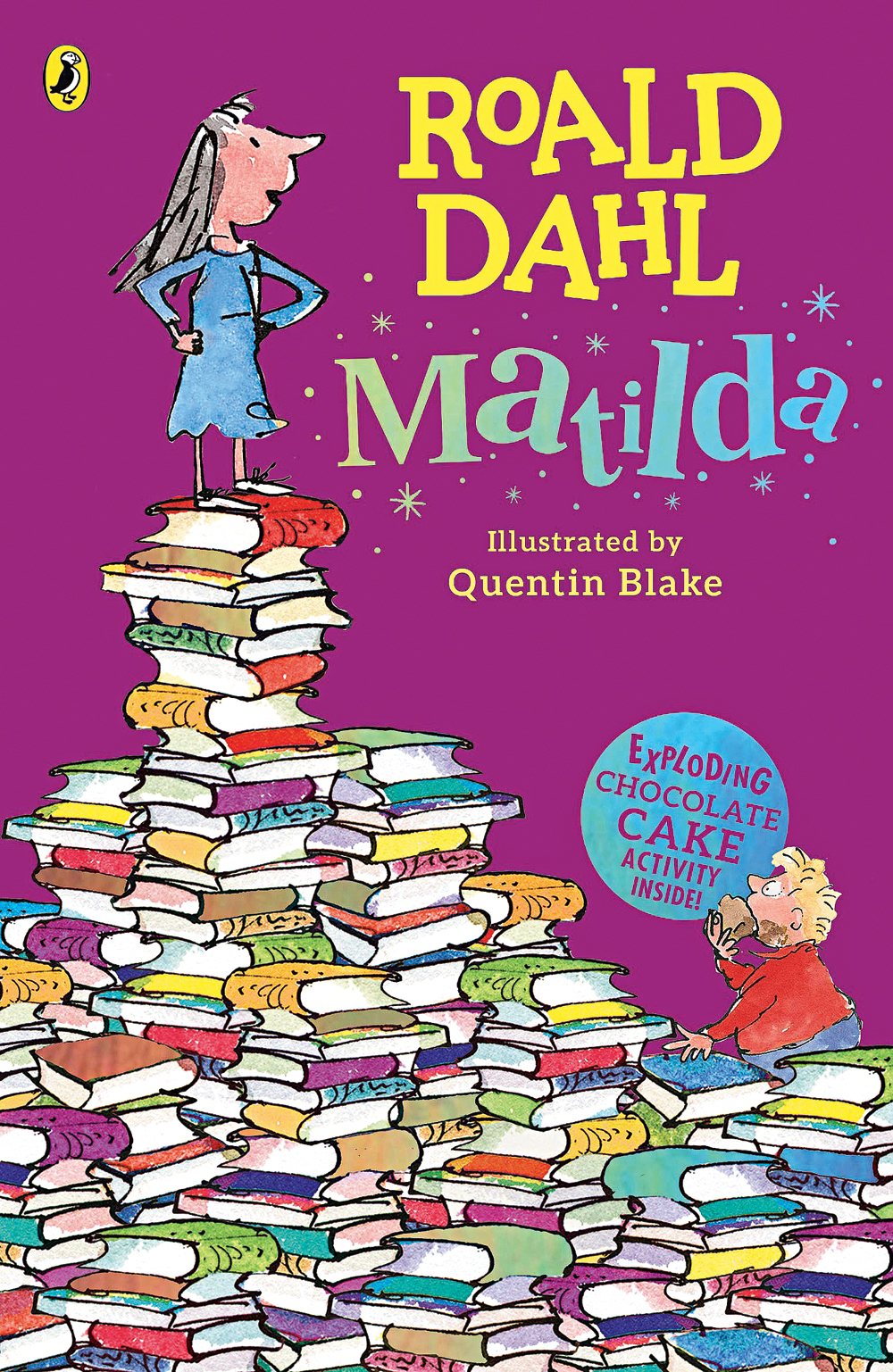
Matilda by Roald Dahl (The book cover)
This heart-warming tale of the brilliance of six-year-old Matilda naturally features every kid’s dream dessert, the biggest chocolate cake in the world. Unfortunately, in the case of her classmate Bruce, when he finally faces the cake of his wildest dreams, it’s not as sweet as he might have imagined. Forced by the terrifying headmistress Trunchbull to finish the entire thing as a punishment, none of the kids in assembly think he can do it. However, Bruce prevails in a display of greediness true to his name, a legendary pledge to chocolate that Roald Dahl readers will never forget.
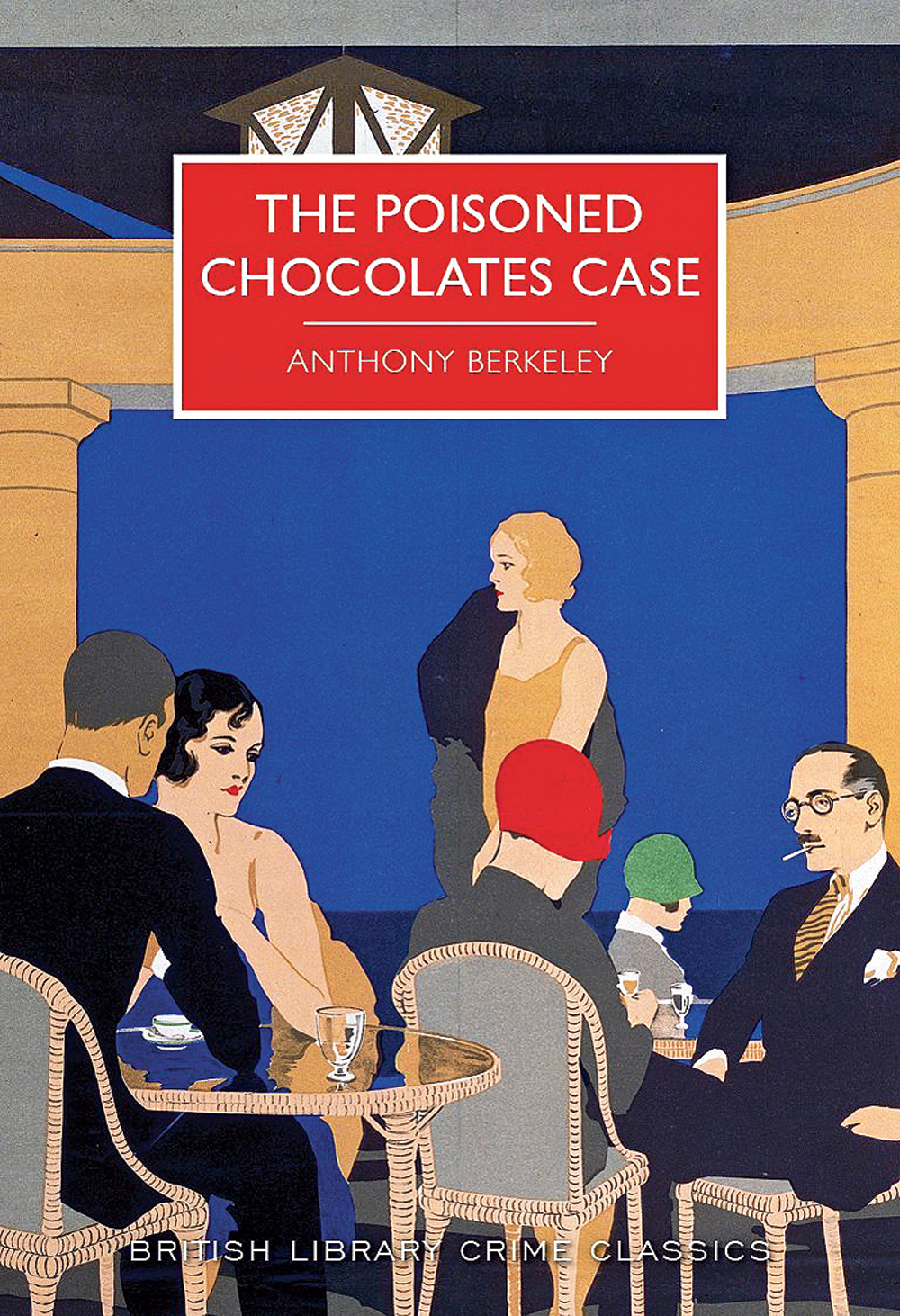
The Poisoned Chocolates Case by Anthony Berkeley (The book cover)
This crime fiction classic starts with a box of chocolates being circulated between two members of a club. Sent by a chocolate manufacturer through mail, it is meant for a certain Eustace Pennefather, a casanova by nature. The mystery begins when a club member’s wife is found dead after consuming those chocolates. With no suspect, what follows is a gripping tale filled with solutions by armchair detectives who go by the name of “Crimes Circle”. The engaging plot with a hint of satire makes this a great pick.
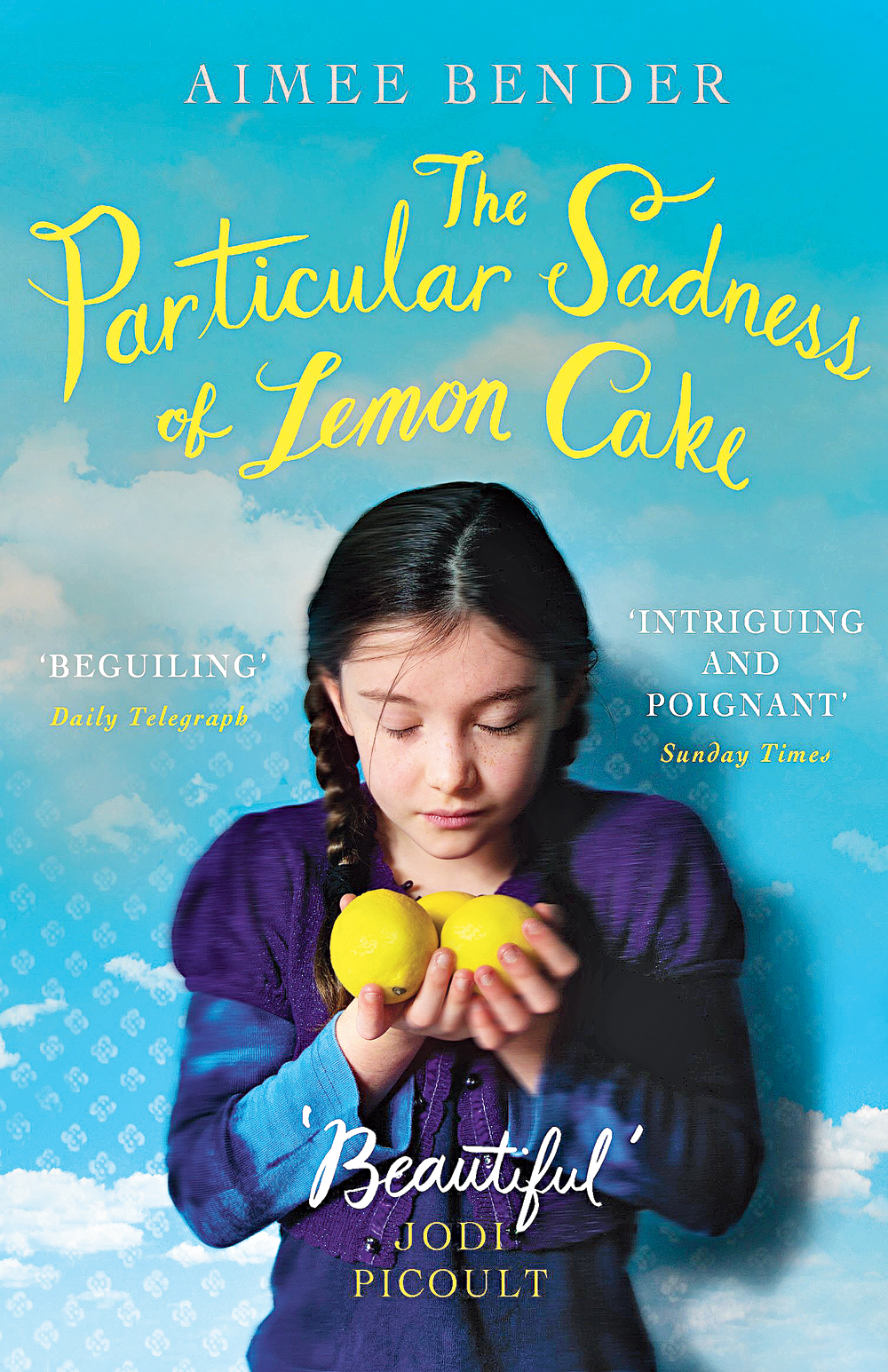
The Particular Sadness of Lemon Cake by Aimee Bender (The book cover)
Rose Edelstein bites into her chocolate-covered birthday lemon cake to discover a gift, or a curse. She is unsettled to discover that when she eats homemade food she is invited into the innermost emotions of the hands that cooked it. After tasting her mother’s ‘spiraling’ sense of absence, she becomes adverse to this ability, living in fear of the knowledge that her tongue forces her to face. As she grows up and investigates her ability further, she learns she is not the only one in the family who is sensually gifted. Chocolate in this novel marks a beginning for Roses’ understanding of the world around her.

Charlie and The Chocolate Factory by Roald Dahl (The book cover)
A well-known and secretive chocolate-maker Willy Wonka decides to open up his magical factory for a tour. Five golden tickets are hidden inside Wonka’s chocolate bars that are distributed around the town, one of which is found by Charlie. The fate of Charlie changes overnight as he goes from a poor boy to inheriting Willy Wonka’s chocolate factory. He is rewarded for being good at heart, honest and humble while the other kids get punished for their excess greed. Charlie’s journey with Grandpa Joe through Wonka’s extraordinary factory makes this a favourite classic for all.

Forrest Gump by Winston Groom (The book cover)
Winston Groom’s novel in a first-person narrative tells us the tale of an American man considered to have subpar intelligence. However, from winning the Congressional Medal of Honour to joining the army, Forrest Gump does it all. Though Forrest’s mother is not a very prominent character throughout the book, yet what she advises him runs as a major metaphor throughout the book — “Life is like a box of chocolates, you never know what you are going to get.” Despite limitations one can never predict what life has in store. Life indeed turns out to be unpredictable for Forrest and is full of surprises not only for him but the readers too. For Forrest, the surprises weren’t always pleasant but isn’t that what life is all about?
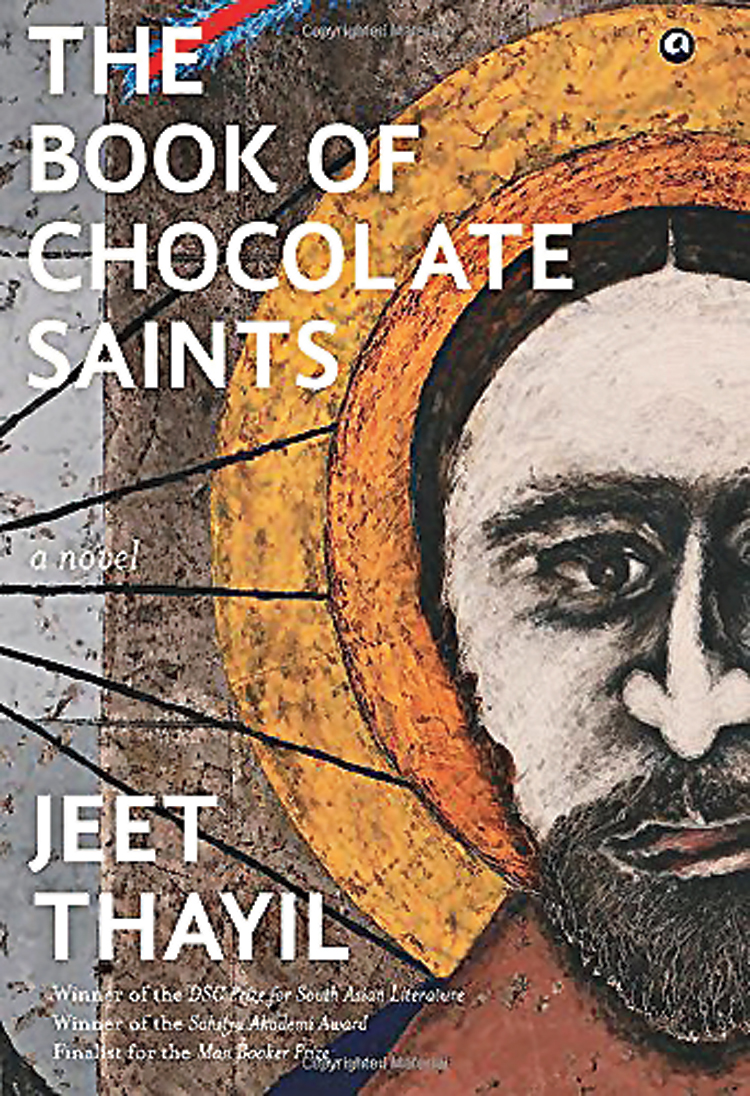
The Book of Chocolate Saints by Jeet Thayil (The book cover)
This book of self-discovery uses chocolate as a way to describe the rich racial heritage of protagonist Newton Francis Xavier on his journey from New York to New Delhi for his final art showing. This eccentric man is a philosopher, hermit and sexual deviant but also is the best painter ever to have come from India. Thayil’s novel traces Newton as he travels back to his roots with his partner and muse, appropriately named Goody. What motivates Newton’s choice to seek his place of origin Thayil appears to remain deliberately evasive of, however, whether it be a spiritual pull, an economic investment or a general sense of wanderlust, we might assume that his endeavours are guided by the Saints of chocolate.
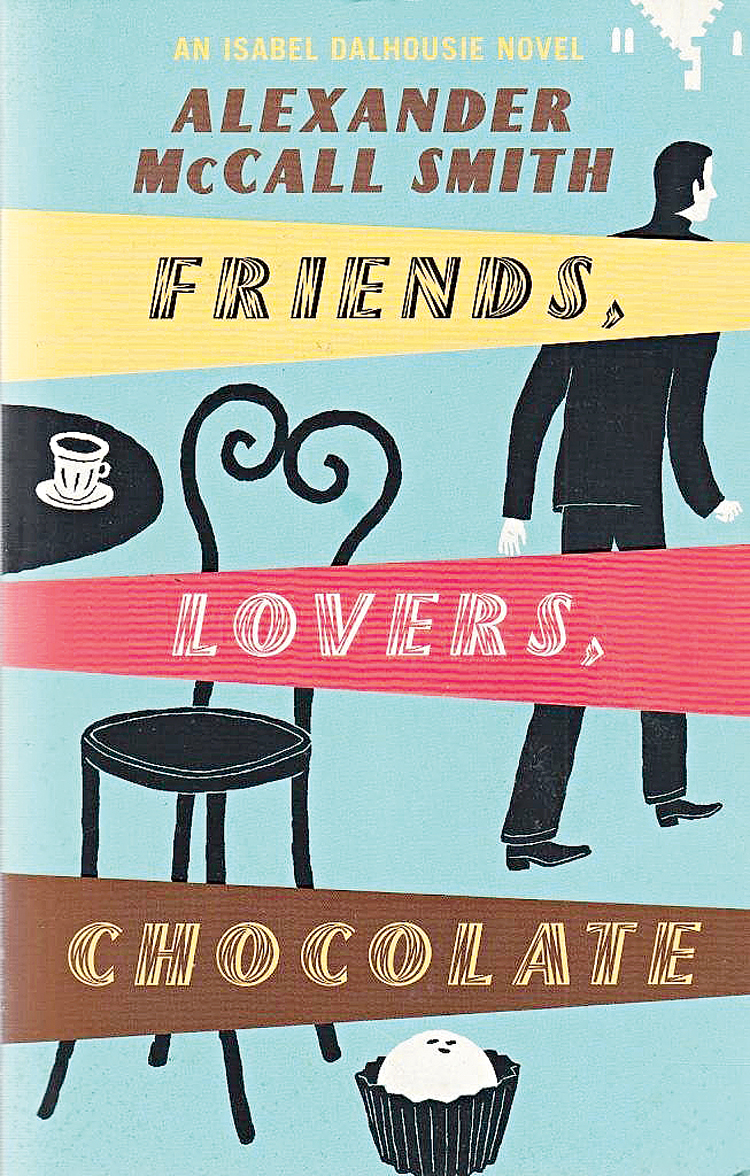
Friends, Lovers, Chocolate by Alexander McCall Smith (The book cover)
Isabel Dalhousie is an editor from Edinburgh who gets caught up in the problems of the heart, involving both the heart transplant of her friend Ian and in the unrequited love of her niece’s husband, Jamie. In a story revolving around lies and infidelity, chocolate is used as an extended metaphor for desire, sin and temptation. The title could have easily read ‘Friends, Lovers, Lust’, however, ‘chocolate’ is seen to be even more sensual and sweet. During one of Isabella’s more obscure musings, she deliberates that “Chocolate involves major philosophical problems… it shows us a lot about temptation and self-control.” She concludes that: “Chocolate is a great test, isn’t it?”
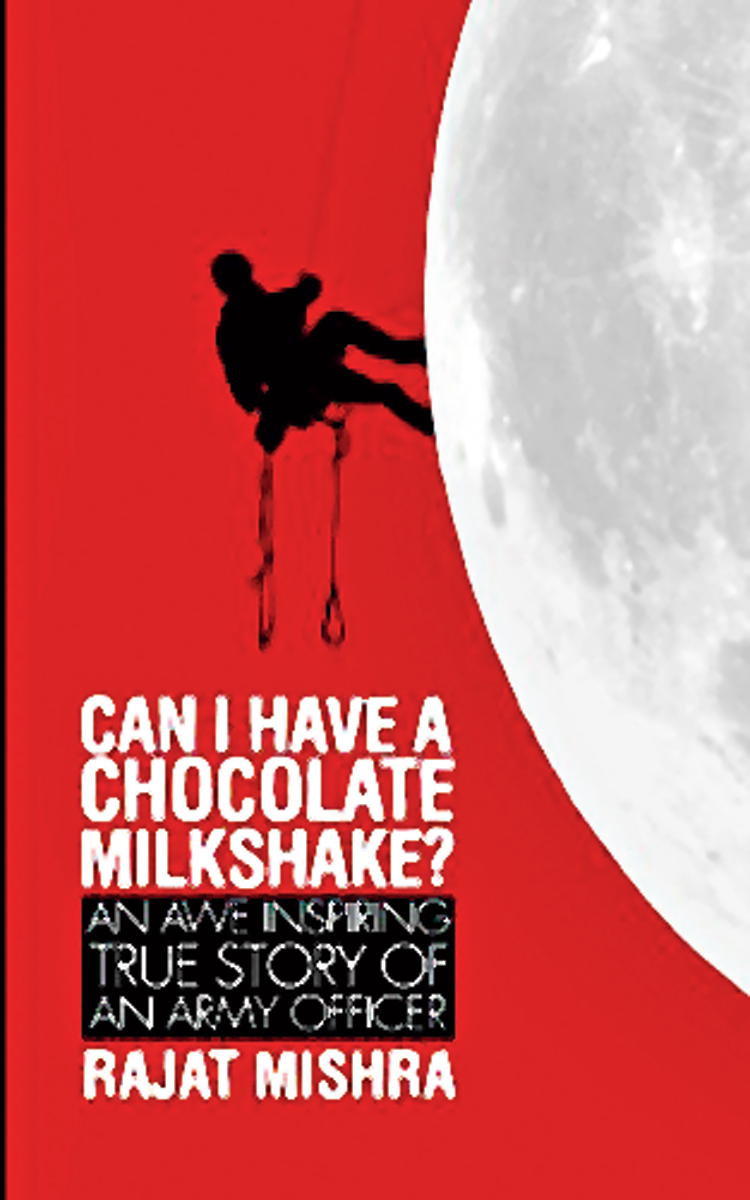
Can I have a Chocolate Milkshake? by Rajat Mishra (The book cover)
Narrating the story of Siddhant, an army officer who wakes up one fine morning to the realisation that his right arm had to be amputated, this is a story of courage. Instead of collapsing or breaking down, the protagonist asks for a glass of chocolate milkshake, marking the beginning of a new life. He takes on this challenge in his stride and builds a career in the corporate world. An inspiring story of a man with the heart of a lion, this book teaches us to push our boundaries in life. Facing the challenges that each day brings us while enjoying the little pleasures is a lesson we learn, just like he does with a glass of chocolate milkshake.
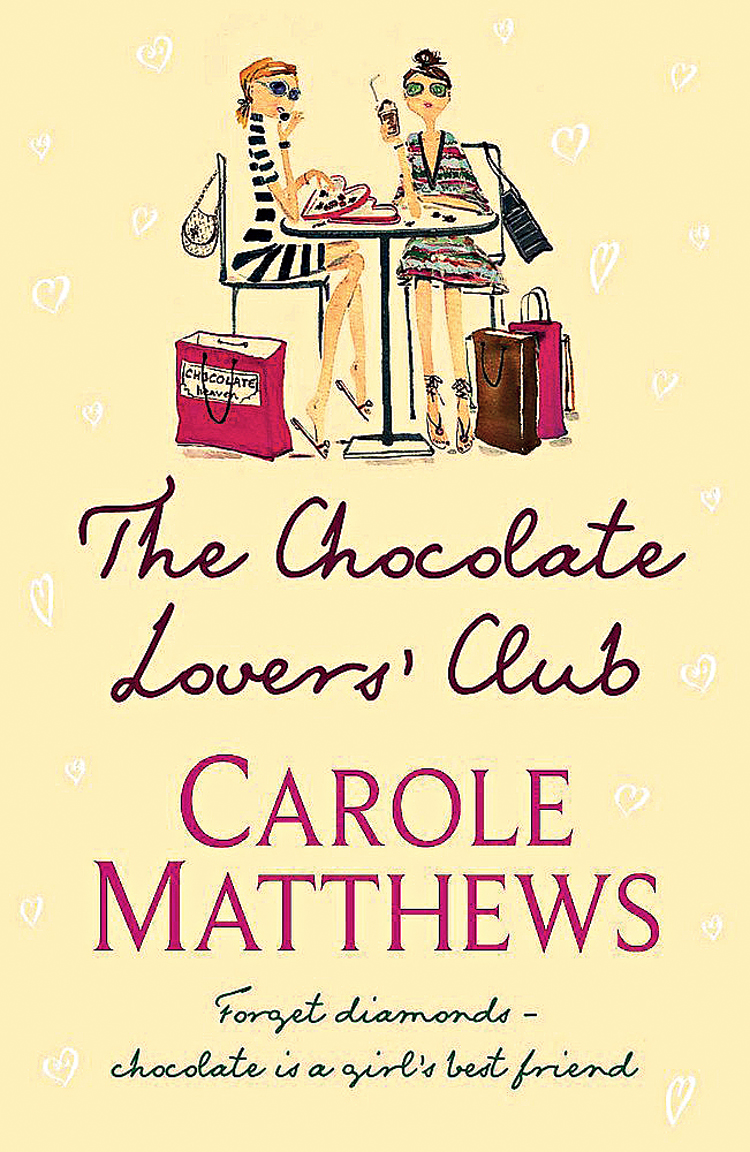
The Chocolate Lovers’ Club by Carole Matthews (The book cover)
We go to doctors to cure our external wounds, but when the heart is hurting, is there even a medicine for it? However, chocolate is supposed to be a great cure for heartache. British writer Carole Matthews’ tale of four London women, who belong to different walks of life, tells us a similar story. What unites these completely different women is their common love for chocolate and the troubles of their lives. No matter what the trouble is, from matters of the heart to a difficult boss, these ladies arrange emergency meetings over chocolates and find solace in each other’s company. This book gives a new definition to girl-bonding and shows chocolate as the best medicine for issues of the heart and the head alike — something all choco-addicts would agree.
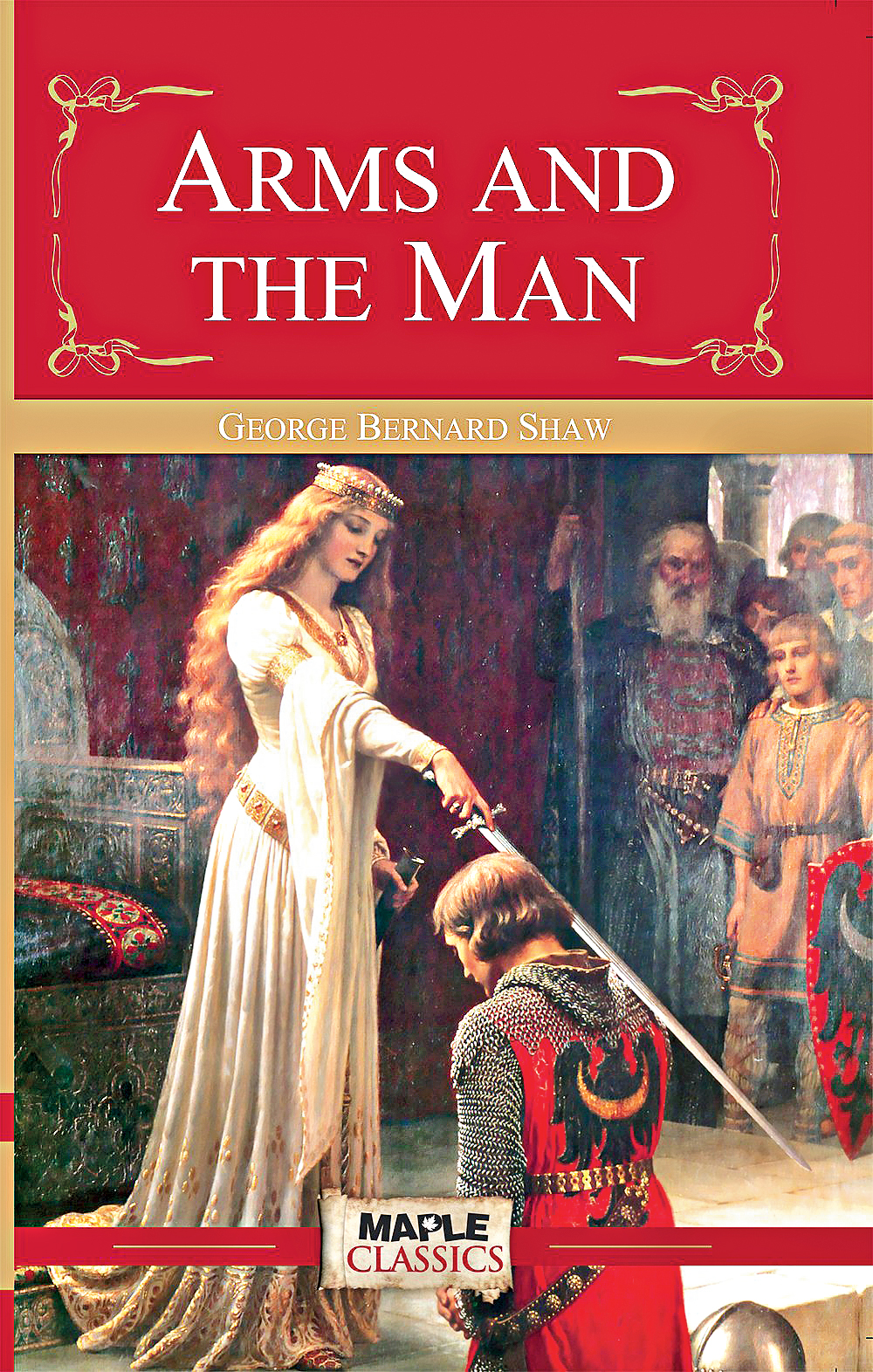
Arms and The Man by George Bernard Shaw (The book cover)
With the backdrop of the Serbo-Bulgarian war, Bernard Shaw’s play is a tale of love, infidelity and a happy ending. Raina Petkoff gives shelter to a Swiss soldier in her bedroom as situations get tense. Act one of the play reveals much about the soldier’s character who was roaming around with an empty pistol cartridge and carrying chocolates in his pocket instead of bullets. Raina not only saves his life by hiding him from the soldiers who enter her house to search for him but also offers him the last of her chocolate ice-cream. As the play progresses, the soldier returns to Raina and she, unable to hold back her excitement, exclaims in joy, “chocolate cream soldier”. Amidst tense political situations, a beautiful love story blooms alongside a social commentary on life and war.










